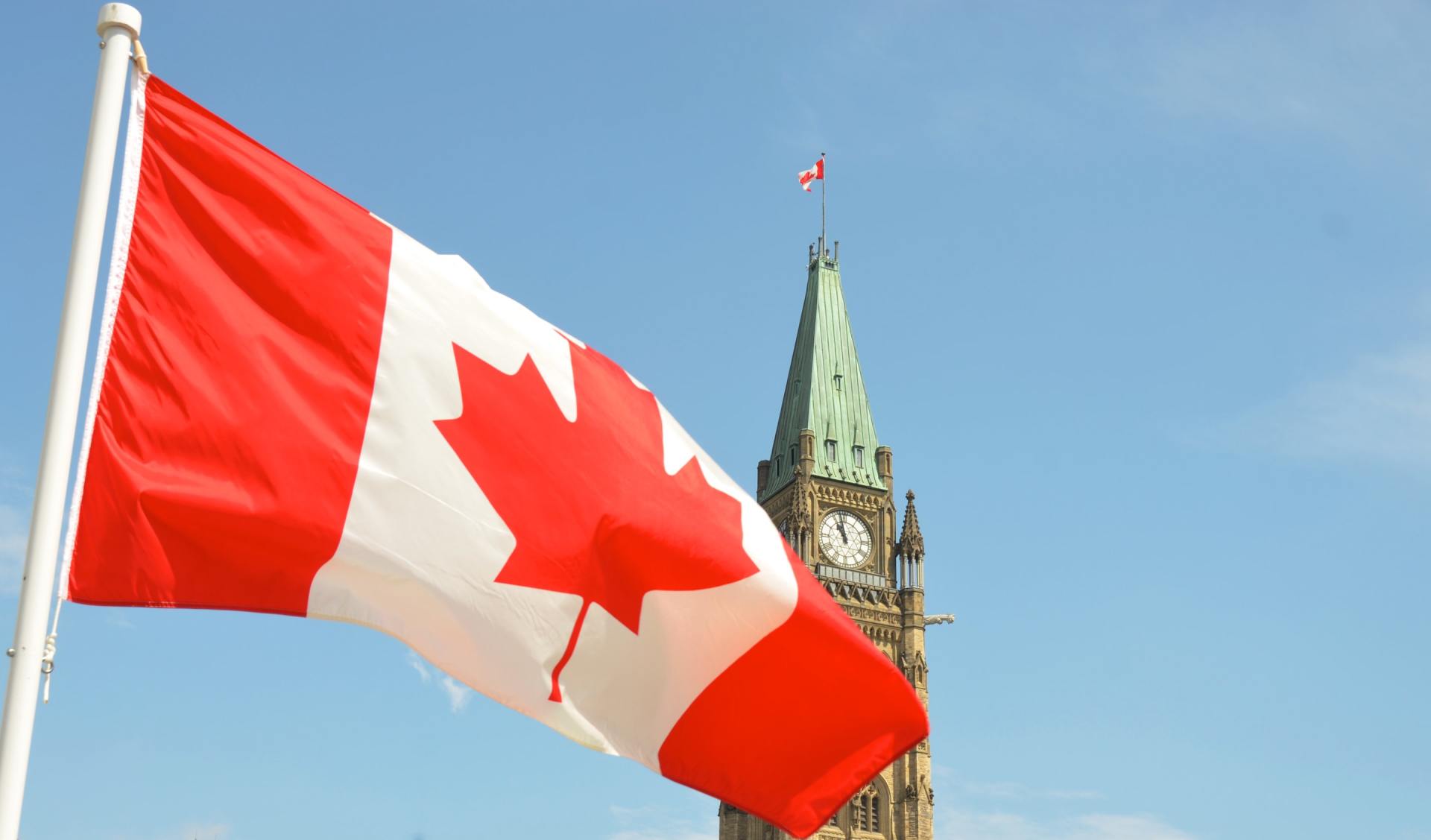Saving for Retirement and the Home Buyers Plan
A couple who have begun to save for their retirement can access up to $70,000 from their RRSPs to buy or build their first home.
The Home Buyers Plan (HBP) encourages savings and home ownership by allowing first-time buyers to withdraw up to $35,000 from their RRSP without incurring additional income tax.
People who have never owned a home qualify, but the home must qualify as well. If the home is purchased by a person with a disability or bought for a related person with a disability, the HBP may be available to them, too.
When funds are withdrawn from an RRSP, the amount of the withdrawal is added to your taxable income for that calendar year. The financial institution is required to withhold income tax at the time of the withdrawal, reducing your withdrawal by 30% on amounts over $15,000.
By utilizing the HBP, the withdrawal is not considered to be income, and is treated like a loan. The HBP allows you to withdraw funds from an RRSP, and not be taxed at the time of withdrawal or have the amount added to your taxable income on your next tax return.
After a short grace period, you must begin to repay the funds. Put simply, you have borrowed money from your own RRSP to buy or build your first home and are given a specific window in which to replace it. The minimum annual repayment is equal to one-fifteenth of the withdrawn amount.
A few important points to consider:
- the funds must have been deposited 90 days or more before they are withdrawn.
- the necessary T1036 form is completed once you have an agreement for your new home.
- the funds must be paid back within 15 years, but can be repaid in full at any time.
- if you do not make the minimum payment, your taxable income will be increased by the repayment shortfall.
- if you do not buy or build your home you can cancel your HBP, and if you repay the entire amount you will not be taxed.
- each year the Canada Revenue Agency (CRA) will send you a HBP Statement until the funds have been fully repaid.
Additionally, the Home Buyers Tax Credit may also apply. The purchase of your first home is a satisfying and rewarding accomplishment, and programs exist to ease the financial strain.
Most people save for their first home outside their RRSP, either in a savings or non-registered investment account, or a Tax-Free Savings Account (TFSA).
If you have funds ready for a down-payment outside your RRSP, a tax advantage can be gained by making an RRSP contribution now, and withdrawing those funds for your home purchase 90 days later. Depending on the size of your down-payment, your income and associated marginal tax rate, a couple could generate an income tax refund of nearly $27,000 by utilizing a short-term HBP strategy.
Together, we can ensure that this is the correct course of action to achieve your short-term housing needs and your long-term retirement planning.
If you are considering the purchase of your first home, the HBP should be considered, too.
Complete details regarding the Home Buyers Plan can be found on the CRA website:
http://www.cra-arc.gc.ca/hbp/





